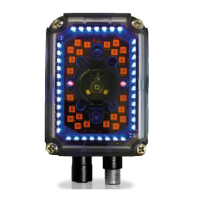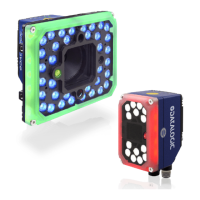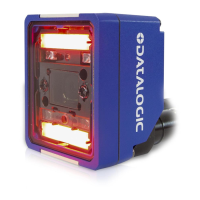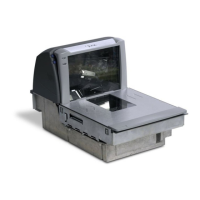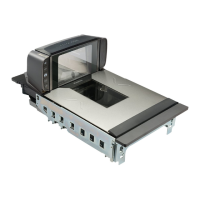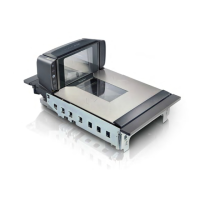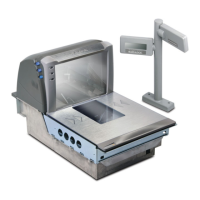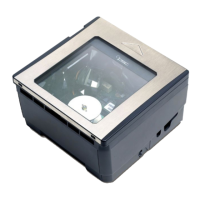Pass-Through
Product Reference Guide 89
Pass-Through
The pass-through layout allows each device working Alone, to collect data from
one or more pass-through input channels and send this data plus its own on one
or more different
output channels.
In this way independent devices can be co
nnected together in combinations to
create multi device networks. Many devices reading independently can send their
messages through a common output channel which instead of being directed to
a Host can be collected by another device on its pass-through input channel and
sent to a Host on a different output channel.
Host
CAB-DSxx-S
Phase
CAB-ETH-M0x
Ethernet TCP/IP Server 1
Ethernet TCP/IP Server 2
Main Serial Interface (RS232 or RS422 Full-Duplex)
Auxiliary Serial Interface (RS232)
Pass-through Input Channel
Output Channel
Alone
Alone Alone
CBX
Switch
Power
Mode
Continuous
Mode
External
Trigger
Figure 65 - Pass-Through Layout
In a Pass-through layout each device supports multiple pass-through configura-
tions to accept input from different devices on different channels (i.e. middle
reader above). However, readers are not required to have a pass-through config-
uration if they don’t need to receive data from an input channel (i.e. right reader
a
bove). The overall data collection device always has at least one pass-through
configuration to collect the input data from the other devices and send it to the
Host (i.e. left reader above).
All devices always support multiple output
channels (i.e. for data monitoring).
In a Pass-through layout each device can have a different operating mode: Con-
tinuous, One Shot, Phase Mode, etc.
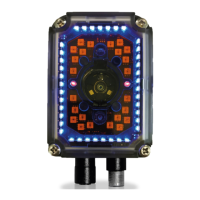
